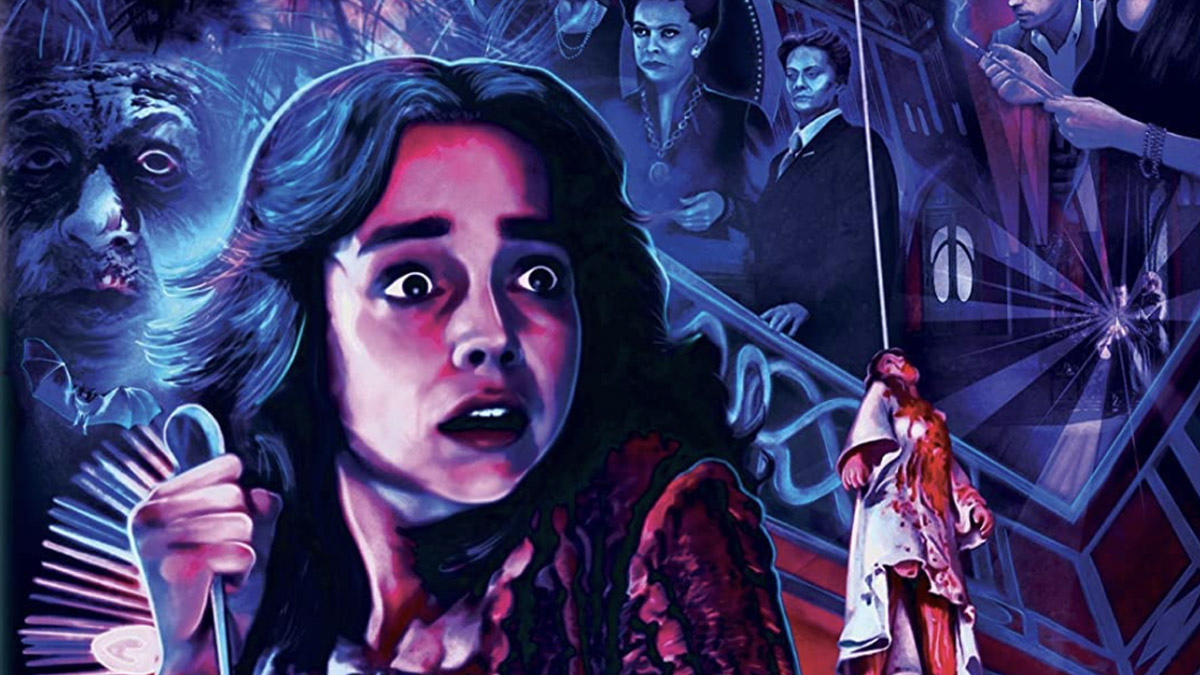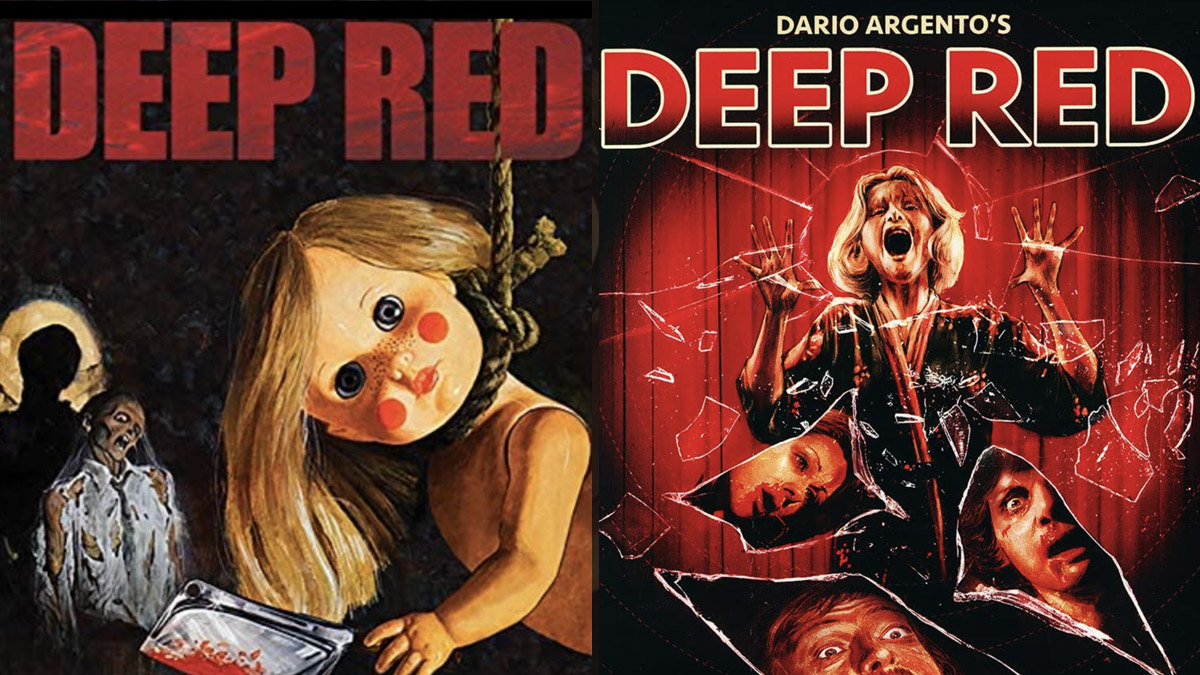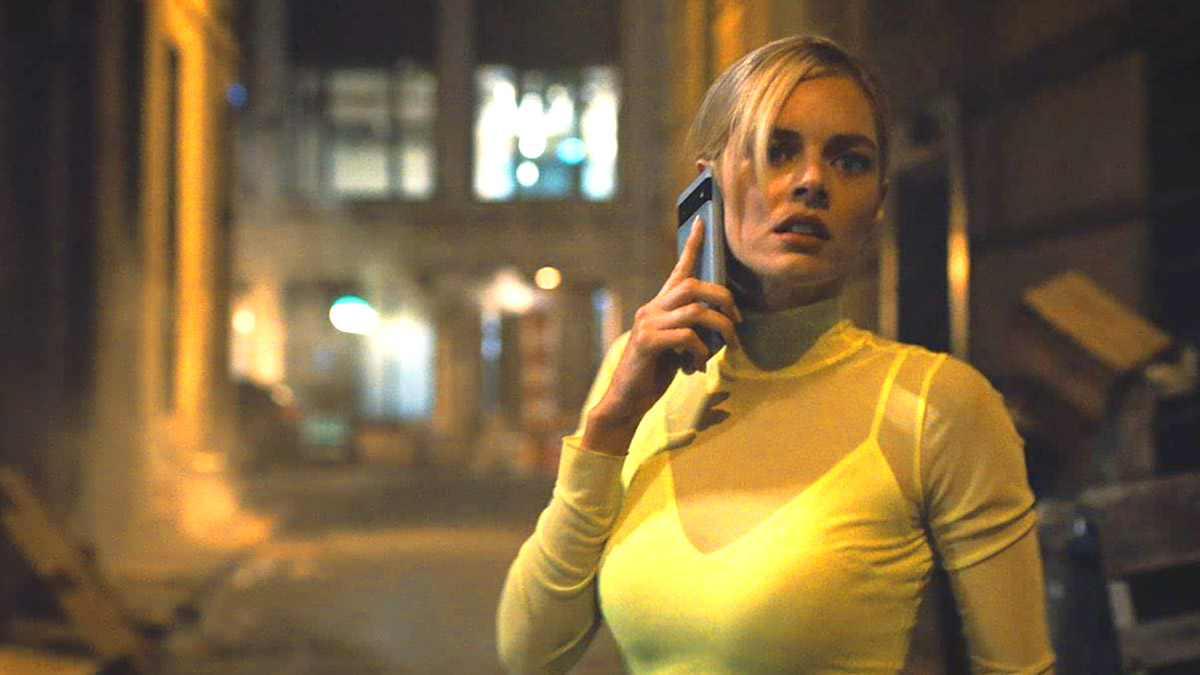Warning: This article contains spoilers for Scream VI.
Scream dives through even more levels of meta in its sixth installment, with new commentary on franchise filmmaking and horror genres.
Scream 5 set itself up as a requel — a soft reboot linking new and legacy characters in the unlucky Californian town of Woodsboro. Scream VI is pitched as the continuation of that new franchise, but waving a knife at the movie business and diminishing returns is only one layer in this glass onion of horror.
In Scream VI, the franchise’s trademark opening scene introduces a film studies professor who provides a horror spiel assigned to Jenna Ortega’s Tara in the previous movie. Laura Crane’s knowledge of scary movies duly catches her out.
Just like its predecessor, the sixth movie follows the all-important sequel rules, upping the stakes by moving the killing ground from the suburbs to the big city. That means there are more horror in-jokes to be covered, too. The fifth movie nodded to elevated horror that had blossomed to Oscar nominations since Scream 4’s release (Jordan Peele’s Get Out is name-checked).
Scream VI throws the dial back with plenty of references to the horror subgenre known as giallo. Growing through the Italian horror cinema of the 1970s and 1980s, giallo throwbacks help the latest installment stay fresh and well-bloodied as it goes metropolitan. So, what is giallo? Here’s our quick catch-up.
What is Giallo?

Giallo lies on horror’s mystery and thriller side, adding a healthy dose of stylized violence.
Gialli movies often combine a mishmash of elements, including crime, psychology, eroticism, and the supernatural. In their heyday, they pioneered lurid murders, often seen from the unusual perspectives familiar to modern horror fans. As the subgenre gained popularity, the legacy of its killers was felt in the emerging slasher genre. Particularly relevant to the Scream franchise is a giallo movie’s typical final act reveal of a killer or threat.
The name Giallo comes from the Italian for yellow, referring to the color used to signify early crime fiction paperbacks. Many of these novels and novellas were anti-detective, dwelling on amateurs drawn into murders or major crimes. Ambitious Italian filmmakers later used modern cinematic techniques to adapt these mystery stories for the screen. As a subgenre developed, its influence spread worldwide.
The term is quite broad, and the wealth of themes feeding into the genre has led to much confusion about what constitutes a giallo movie and which films should be included.
Film scholar Michael Mackenzie has divided the sprawling subgenre into two — the male focussed m. gialli, which often sees a male outsider become a killer’s target after witnessing a murder, and f. gialli, which generally uses a woman’s mental state to drive psychological horror. It sounds like a neat distinction, but the two often merge.
Of the many traits common to gialli films, a standout must be vivid death scenes. Sudden, violent, gory, blood-soaked, and imaginative, they’re often voyeuristic. You can see the influence on slashers of the death sequences seen from the killer’s point-of-view. Camera angles are often skewered, knocking the viewer off balance along with the victims. There is often the sharp use of tone and color, jump scares, and hallucinatory elements. That’s the most pronounced link with Scream VI.
Giallo in Scream

Jason, the first killer we meet in Scream VI, is later called a giallo fan (and it’s not a compliment). It’s no mistake his film professor victim was wearing a yellow dress when he killed her. From her seat in a restaurant, the opening scene transforms Laura Crane from a horror expert to a classic vulnerable victim, lured into an alley before Ghostface’s prolonged and gory attack. There’s a lot of blood and even a joke about its color (red being the color of the restaurant exterior Crane had just left).
True to its influence, Scream VI plays with the split between the male and female sides of the subgenre. Most characters are thrown into a new environment, while the finale reasserts the series as female-led. Perception, manipulation, and mental state exploration aren’t uncommon in Scream movies, but it’s particularly strong in the sixth film. Sam Carpenter starts seeing her murderous father, Billy Loomis, again. She follows his advice, to a point, as her psychiatrist backs away (and is killed for his notes). Later, Detective Bailey pins the blame on FBI agent Kirby Reed after her behavior changed following the most recent Woodsboro rampage.
Where to start with giallo movies

If you’d like to dip further into the world of giallo, you may have done so already. Even though its popularity has diminished, the subgenre continues to be referenced in American movies. 2021 was a good year for films inspired by giallo, including Edgar Wright’s Last Night in Soho and James Wan’s Malignant.
If you’re looking for the originals, the critical decades were the 1970 and 1980s, although the first giallo movie is considered to be Mario Bava’s The Girl Who Knew Too Much in 1963. Bava was responsible for one of the better-known f. giallo movies in 1964’s stylish Blood and Black Lace.
Dario Argento is another prominent director, credited with some of the genre’s most famous movies, including 1977’s Suspiria. His directorial debut, 1970’s The Bird with the Crystal Plumage, and three horror movies that rapidly followed are cornerstones of the m. giallo films. These movies popularized the idea of a man dragged unwittingly into investigating a murder, only to become a target.
If the subgenre’s impact on Scream VI is in doubt, star Jenna Ortega, who has already built an impressive rep as a scream queen in horror movies, has recommended a perfect giallo companion piece to Scream VI. Talking to Bloody Disgusting, she named Profondo Rosso (Deep Red), Argento’s fourth giallo movie, as one to watch. It features a masked killer, gory attacks, and disco-backed death scenes and is also poetically known as The Hatchet Murders.











Published: Mar 14, 2023 06:32 am